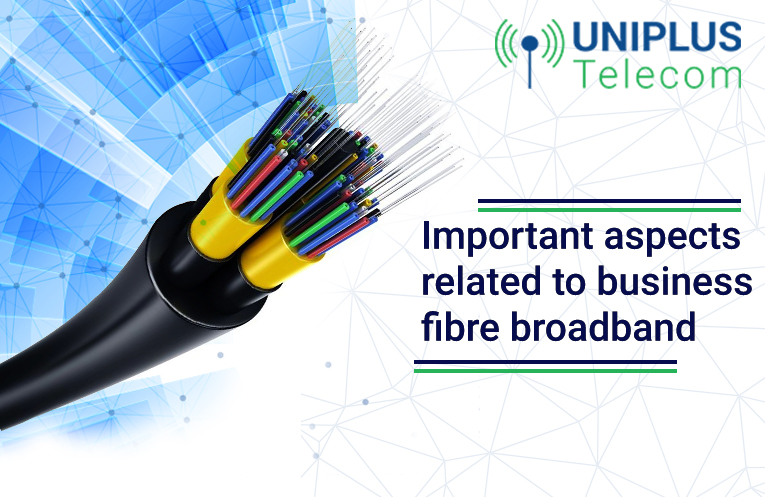Despite being relatively new among various technologies available in the market to access the internet, fibre optic internet has been able to grab a fair share of the market. Reliability, coupled with its high speed makes a high quality fibre broadband connection an obvious choice for businesses. In addition, there are also some other advantages associated with it such as its cheaper price, light weight and ease in the management of standard cable lines. If you are planning to upgrade to fibre-optic internet from the traditional broadband but are not sure about the right steps to follow for the installation, read on to learn more about it. The Equipment Fibre broadband differs from the traditional broadband in terms of its features. The same holds true for the wire used to install the connection. While the latter involves the use of copper wiring, the former transmits data in the form of small beams of light which results in the swift movement of information from one source to the other. For this to happen, it is necessary to have certain pieces of equipment in place before setting up the connection. Based on the choice of a provider, you will either get fibre to the premises (FTTP) or fibre to the node (FTTN). In case of the former, the technicians set up the cable directly in a room. When a provider offers FTTN to its users, fibre optic cables terminate at a nearby off-premises hub. The remaining distance to a building is run with a DSL or traditional cable line. DSL modems and traditional cables are incompatible with FTTP services due to variance in signal translation. So, a new modem will be necessary to ensure the smooth installation of services. The requirement for a new modem stems out from the fact that unlike a traditional connection which converts analogue signals into digital, fibre optic broadband relies on the conversion of light signals into digital signals. Thus, the modem acts as a bridge between fibre optic connection and the ethernet port on either end. Besides, you will also need a new wireless router to catch up with the top speed of fibre broadband connection. Generally, service installation packages come across with the necessary equipment but it is a good idea to verify it in a timely manner. Because some providers can charge an extra amount of money for routers, it is recommended that you should verify the devices you can purchase on your own. The Process Find out if fibre connectivity is available in your area. You can get this information, coupled with the inputs about various plans from internet service providers. In case it is available, consider scheduling an appointment. Remember that both installation time and cost may vary depending on the arrangement of your current accommodation. Depending on availability and arrangement of fibre optic connection in your area, the technician may install the lines either aerially, underground or along the telephone lines. While the first two kinds of installations are a bit simpler and can be concluded on the same day, an underground installation can take longer. After the establishment of the line, the technician will proceed with the installation of the terminal or modem. Once the terminal is functional, you can set up a Wi-Fi network by connecting your wireless router. Fibre optic internet is popular for its high speed, low latency and reliability. So, if you feel the need for these three qualities for your business, setting up a fibre broadband is worth the effort. Get in touch with Trust Telecom to get quality fibre connectivity for business purposes within your budget.

Important Aspects of Business Fibre Broadband You Should Know
- by : Rachel Green
- Category : Business fibre broadband,
03
Sep


